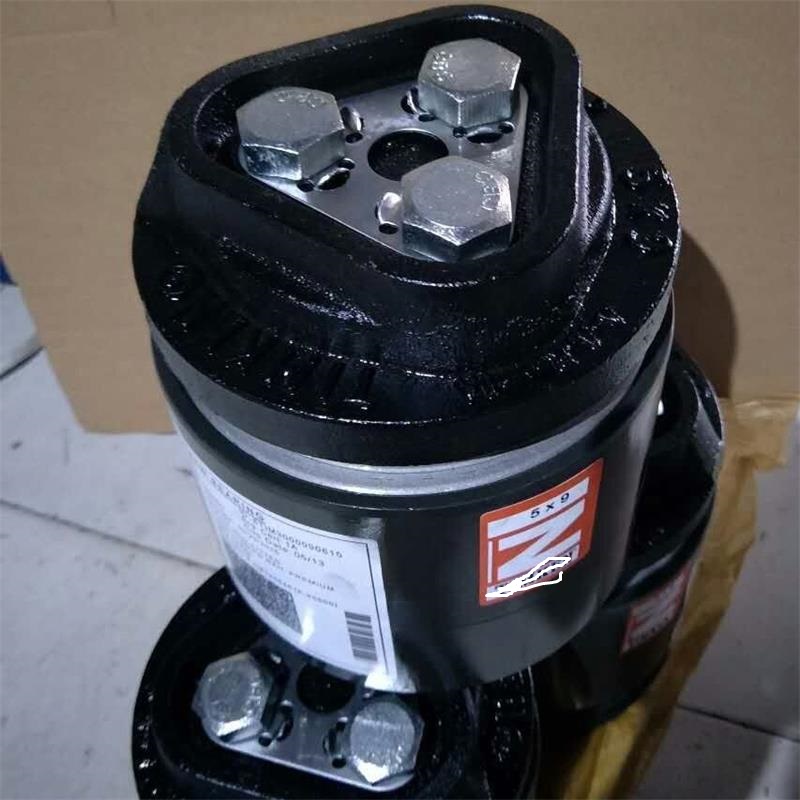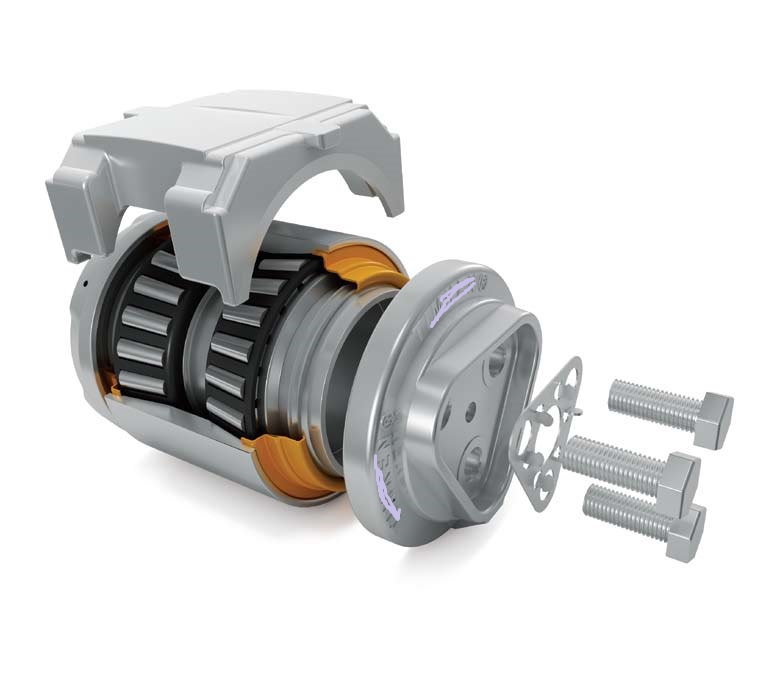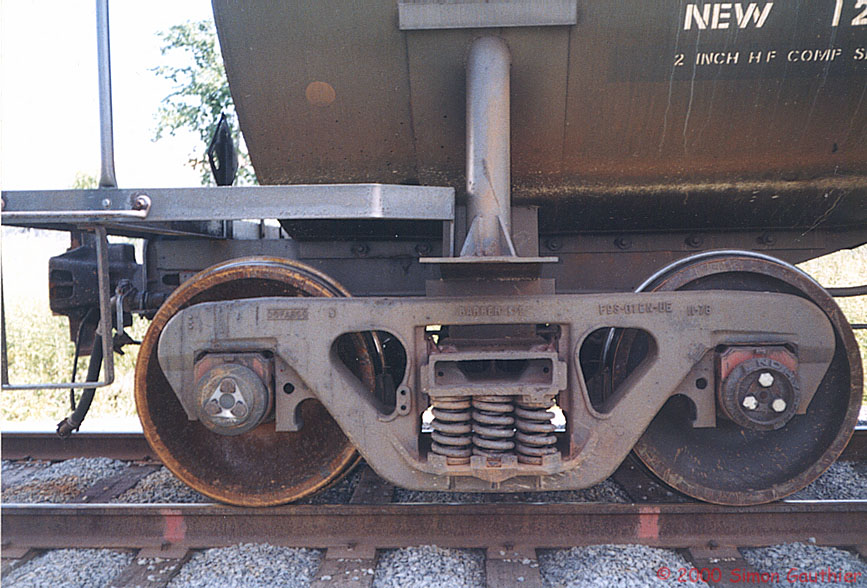"Is it normal for a bearing to go from undetectable overheating to failure heating in such a short period of time?"
Here's an older-style truck, no longer used in regular freight:

That could be a car inspector, checking to see if there's any overheating in the journal box, which has a "lid" that can be lifted up.
So.. lift it up:
Here's an image of an old-style "friction" bearing, no longer used in freight service:

You can see "the brass" -- the crescent-shaped casting supporting the axle end.
You can see "the waste" -- the cloth-like material beneath the axle.
And beneath that, there is oil in the bottom of the journal box which "wicks upward" and thus lubricates the axle (and bearing above it).
If the journal got too hot (brass wearing out, not enough oil inside, other failure), you'd get a "hot box", looked like this:

That might take a while to develop.
Also keep in mind that cars were considerably lighter back then, less weight on each bearing.
Here's what a modern roller bearing looks like:

Exploded view revealing the innards:

In place on the car:

The modern bearing can support a heavier load, greater speeds, and will last longer with no real "maintenance" required.
BUT...
As you look at the bearing, mounted on the car, how does one tell what's going on INSIDE?
There's really no way to inspect it -- not like the old style, where you could lift the lid, check the brass, waste and oil inside.
I can remember the rule that if a bearing screw cap (there are three) was missing, that's a "defect". But there's not too much else (I wasn't a car inspector).
With the modern bearing, it's "just there".
Working.
Until... it fails.
An analogy:
Think of old computer platter-based "hard drives" vs. modern SSDs.
The old HDDs were slow, but as they aged and got close to failure, they'd often go through a "warning period". The drive would be noisier, perhaps it would get slower due to bad sectors -- but [for a time] it would probably still work. You might notice in time to be able to get your data from it before a complete failure.
But modern SSDs... they'll just fail without any warning. POOF... and they're gone. I've had two just "disappear" on me. Just like that.
The old friction bearing was like the old hard drive... it might give sufficient warning of imminent failure (also remember that cars probably didn't travel in a given train as far as some do now).
The roller bearing is more like the SSD... it works great.
Until...
it doesn't.I'm told that when they begin to fail, they can progress to "full" failure very quickly. Probably within 10 miles, if the car is loaded and speed is "up there".
In the East Palestine wreck, the article notes that there had been a previous alert of a bearing reading up around 250 degrees or so "above ambient" (we aren't told what "ambient" means). On the hot side, but not "hot enough" to melt metal. The article doesn't say if the crew sought authorization to keep going, was ordered to keep going, or even whether any action was needed with a reading at that temp level.
I predict that one of the recommendations to come out of this wreck will be that a crew will stop and inspect ANY "above normal" reading on a bearing in a train that's carrying hazardous materials. Even just a few degrees above "the threshold".